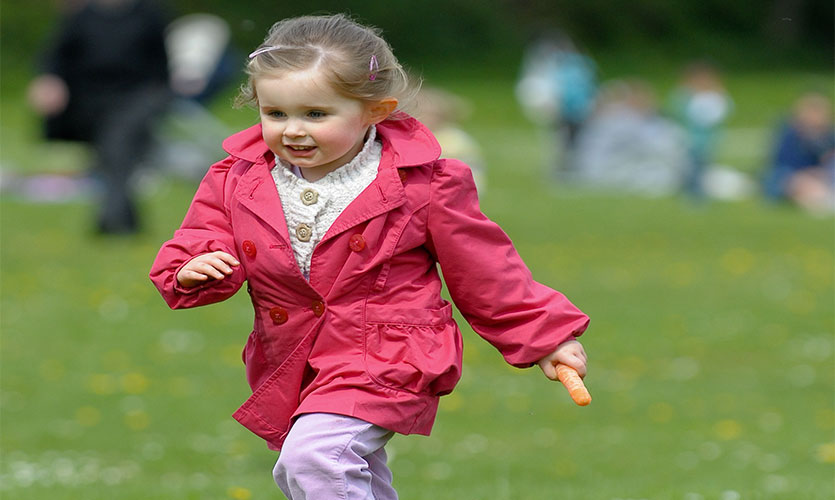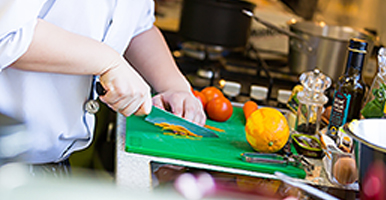Talking to parents/carers about children’s physical activity

Whilst parents/carers may know that physical activity is a positive thing for their child, they are less likely to know how much physical activity children are recommended to do, and they may face challenges in keeping their children moving.
Busy parents/carers may fall into patterns of behaviour that prevent children from getting as much physical activity as they could, e.g., by putting the child in a pushchair to get somewhere more quickly, or putting them in front of the TV to give the parent/carer a break.
As outlined in the communicating with parents about weight module, listening to the parent/carer’s perspective is important to show empathy, and to give them autonomy in helping their child stay active. Before diving in with information or advice, check first what the parent/carer already knows, and ask them if there is anything in particular they would like to talk about. This will help you tailor the conversation to their needs.
Over to you
In the video below Paula is talking to the father of 4-year old Chloe (played by an actor) about his physical activity.
Watch the video and try to identify:
- Three positive communication strategies the practitioner uses
- Three areas for improvement where the physical activity guidelines for 4-year olds could have been made clearer to the parent
Click the tabs to read some possible answers.
Faq Items
Positive communication strategies
Areas for improvement
Quiz
Below is a short quiz to help you evaluate your learning from this module. You may take the quiz as many times as you like.





